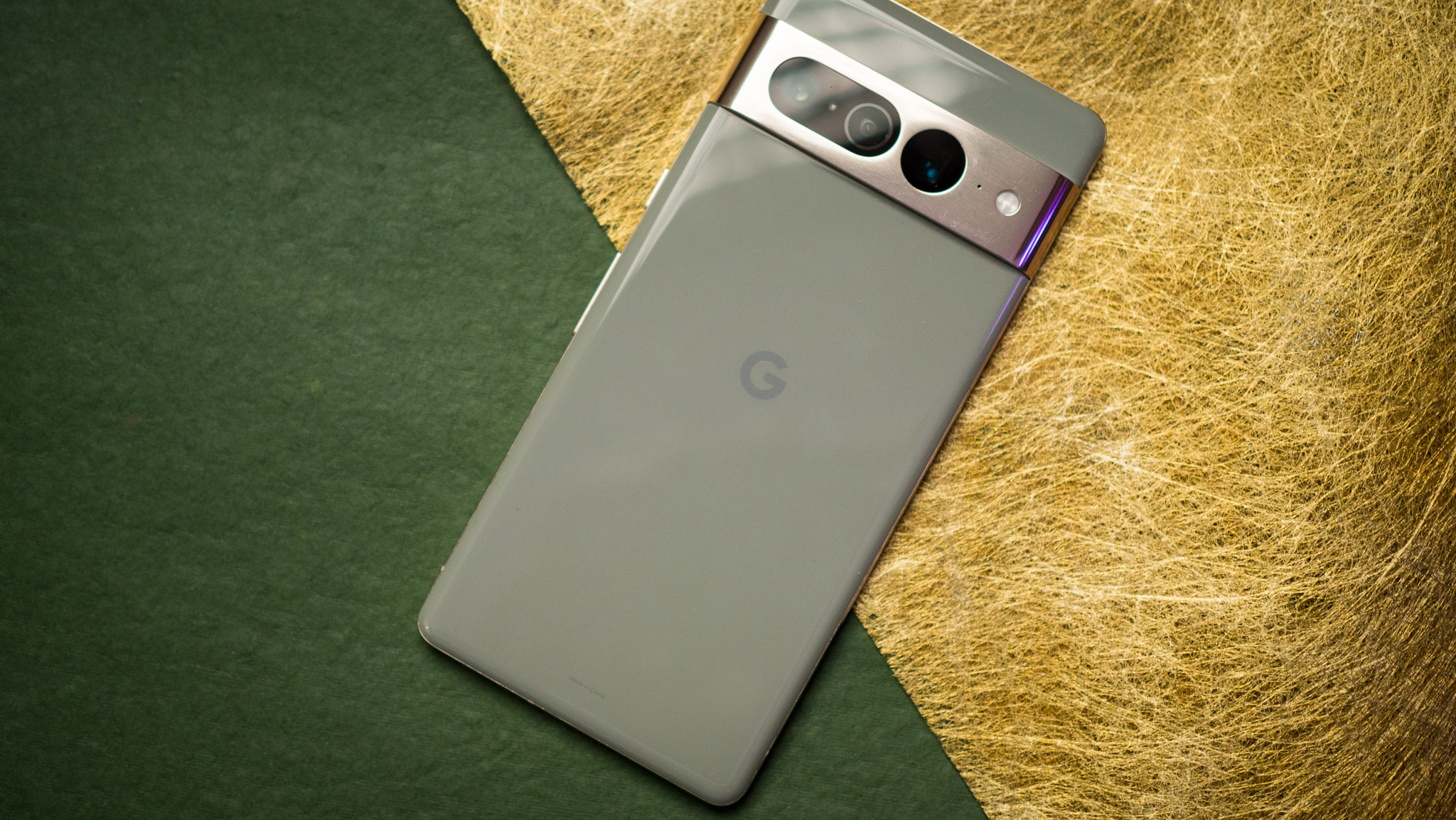
What you need to know
- The European Council adopts a new rule in the region, stating OEMs must include a removable and replaceable portable battery in smartphones.
- This would effectively mean companies will need to return the classic removable back panel to phones.
- The EU states this new rule will go into effect in 2027, giving OEMs a few years to prepare new designs.
The EU adopts a new law that should bring more ease to self-repairing consumers if a battery is no longer functioning properly.
In a press release, the European Council's new regulation states that portable batteries incorporated into appliances, such as Android phones, must have a removable and replaceable battery that the end-user can access—including Apple's iPhone. The EU states operators (OEMs) will have until 2027 in the region to produce devices that fit the new criteria.
Consumers will have a little more agency in their self-repair as they could remove the dysfunctional battery and pop in a new one they've purchased without needing to outsource a company's specific kit.
The new rule is a part of several more that the EU has adopted this week, all in the name of reducing the environmental impact batteries have on the continent.
The EU also sets a rule that states producers must collect around 63% of portable battery waste by 2027 and 73% by 2030. The collection of lithium portable battery waste must hit a target of 50% by 2027 and reach 80% by 2031.
As the Council adopts these new rules, what's next is both it and the European Parliament must sign off on the regulations and publish them in the EU's Official Journal. After that, the new rules will go into effect 20 days later.
The ball was in the European Council's court after revisions, which had 587 votes in favor, were conducted by the European Parliament back in June. The new rule, enforcing removable and replaceable batteries in devices such as smartphones, will essentially change the current design trend for smartphones.
Bringing back user-replaceable batteries for consumers will be the second "major" shift in the design of smartphones in the EU. The first came after the EU voted in favor of making USB-C the standard charging port for Android phones, iPhones, and laptops. OEMs will have their hands full altering designs if their devices do not fit the charging port criteria and then again three years later to fit the removable and replaceable battery mandate.







